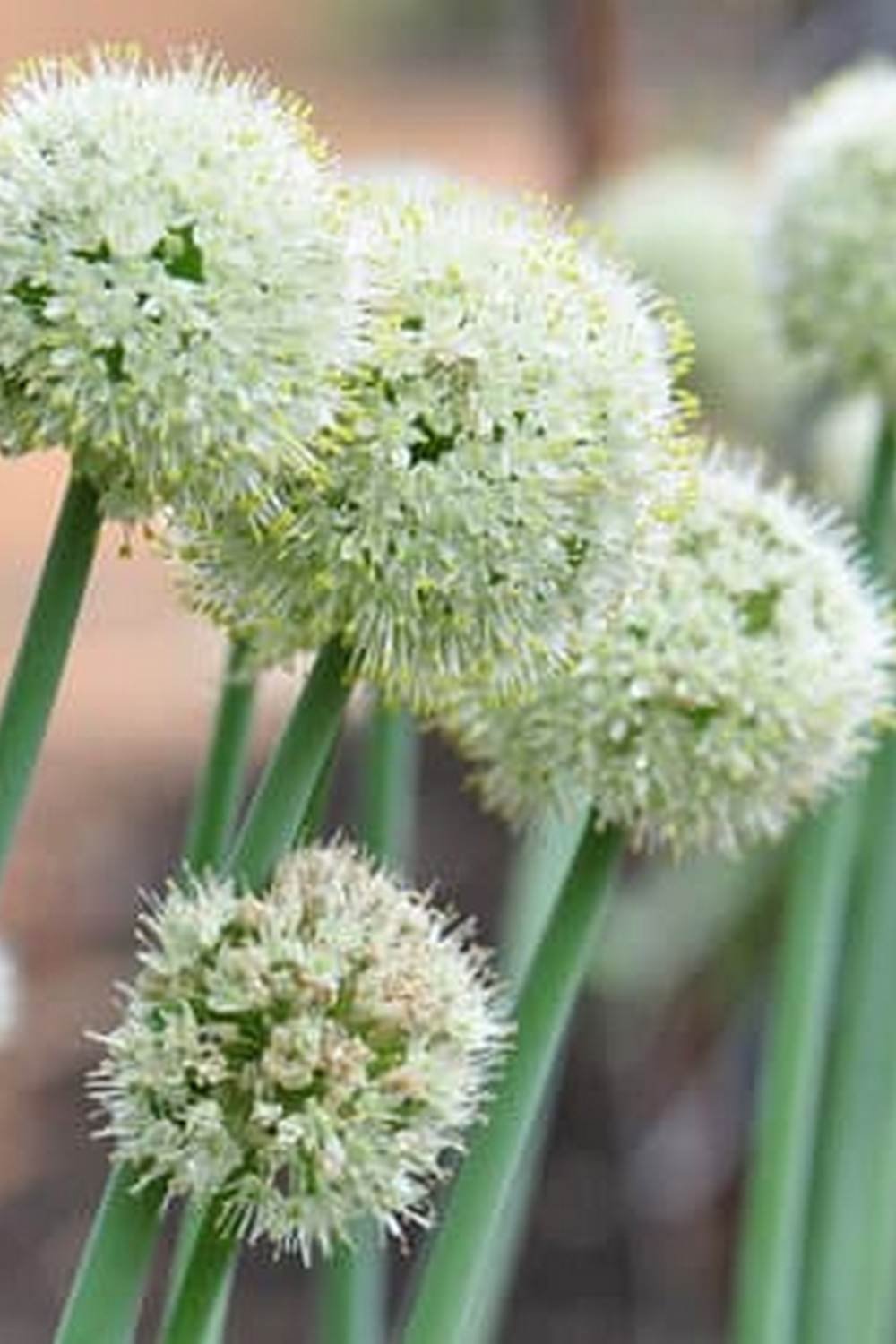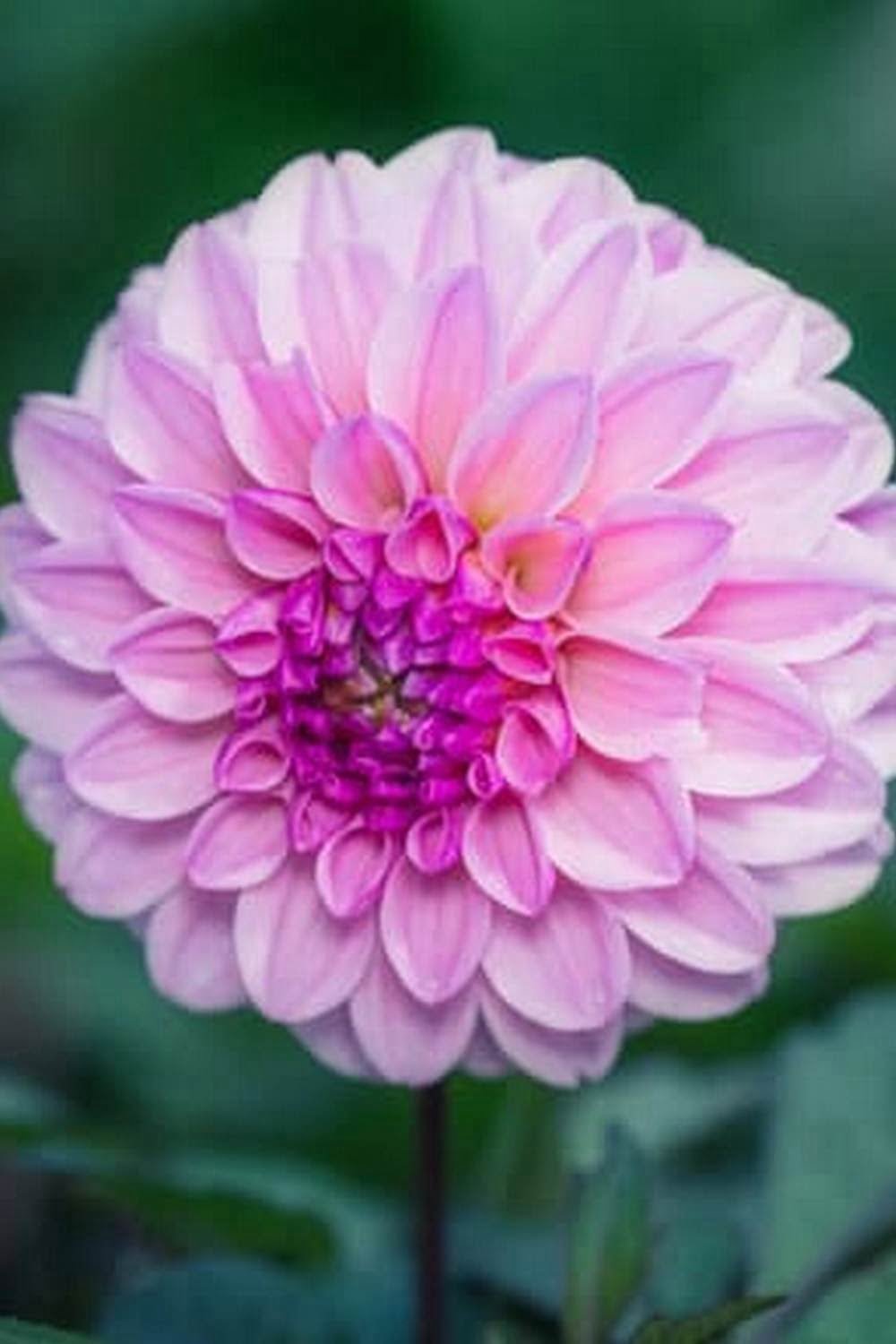Best Location For Raised Vegetable Garden
Best Location for Raised Vegetable Garden
There are many things to consider when choosing the best location for your raised vegetable garden. The most important factors to consider are sunlight, soil quality, and water availability.
Sunlight
A raised vegetable garden should be located in an area that receives full sunlight for most of the day. Partial sunlight will work if you cannot find a spot that gets full sun.
Soil Quality
The best location for a raised vegetable garden is a spot where the soil is rich in organic matter and has good drainage. If the soil is not suitable, you can improve it by adding organic matter such as compost or peat moss.
Water Availability
If you do not have access to a water source, make sure the location you choose for your raised vegetable garden has good drainage so the soil will not become wet and soggy.
Vegetable Garden Design With Raised Beds
When it comes to vegetable garden design, there are a few different options to consider. One popular option is raised beds. Raised beds have a lot of advantages over traditional in-ground gardens.
First, raised beds are easier to work with. The soil is loose and easy to dig, and there is no need to bend over to weed or harvest your crops. This is especially helpful if you have back problems or other mobility issues.
Second, raised beds are great for small yards. You can fit more plants in a raised bed than you can in a traditional garden, and you can use less space since the beds are elevated.
Third, raised beds are more efficient with water. The soil in a raised bed warms up faster in the spring and stays warmer longer in the fall, which means you can get a head start on the season and extend your harvest into the cooler months. The soil also drains better in a raised bed, so you won’t have to water as often.
If you’re thinking about adding a raised bed vegetable garden to your yard, there are a few things to keep in mind. First, you’ll need to choose a location that gets plenty of sunlight. Raised beds should be at least six inches deep, so make sure the spot you choose has good drainage and is free of large rocks or roots.
You’ll also need to decide what kind of materials you want to use for your raised beds. There are a variety of materials to choose from, including wood, stone, brick, or concrete. If you go with a wooden bed, make sure to use a rot-resistant species, like cedar or redwood.
Once you’ve selected a location and materials, it’s time to start planning your garden. The best way to do this is to draw out a plan on paper, using a scale that works for you. Plan out the location of each bed, and be sure to leave enough room for pathways between the beds.
If you’re not sure which vegetables to plant, consult a gardening book or online resource. There are many different types of vegetables to choose from, and you can mix and match to create a garden that’s perfect for your needs.
A raised bed vegetable garden is a great way to get started in gardening, and it’s a great way to add some interest to your yard. If you’re thinking about adding a garden to your home, raised beds are a great option to consider.
Good Soil Mix To Start Raised Vegetable Garden
When starting a raised vegetable garden, it is important to have good soil mix. The mix should be high in organic matter and have the ability to drain well. A soil mix that is heavy and does not drain well can lead to waterlogged plants and root rot.
There are many recipes for making a good soil mix for a raised vegetable garden. One recipe that is popular is a combination of one part peat moss, one part compost, and one part perlite. This mix will provide good drainage and will be high in organic matter.
Another recipe that is popular is a combination of one part compost, one part peat moss, and one part sand. This mix will also provide good drainage and will be high in organic matter.
When choosing a soil mix for a raised vegetable garden, it is important to consider the climate. A soil mix that is high in organic matter will help to retain moisture in hot, dry climates, while a soil mix that is high in sand will help to retain moisture in humid climates.
Best Soil Mix For Raised Vegetable Garden Beds
When it comes to gardening, there is no one-size-fits-all approach. What works for one gardener might not work for another. This is especially true when it comes to soil mixes. There are a variety of soil mixes that can be used for raised vegetable garden beds, and the best mix for your garden will depend on your individual needs and preferences.
One popular soil mix for raised vegetable garden beds is a mix of equal parts compost, garden soil, and sand. This mix is great for vegetable gardens because it is rich in organic matter, which is beneficial for plant growth. It also drains well, which is important for raised beds, and it is relatively easy to create.
Another popular soil mix for raised vegetable garden beds is a mix of two parts compost, one part garden soil, and one part sand. This mix is also rich in organic matter and drains well, but it is a bit more difficult to create than the previous mix.
If you are looking for a soil mix that is high in organic matter and drains well, but is also easy to create, a mix of three parts compost, one part garden soil, and one part sand might be a good option for you.
No matter which soil mix you choose for your raised vegetable garden beds, be sure to amend the soil with organic matter before planting. This will help to improve the soil’s fertility and water retention, and it will also help to protect your plants from pests and diseases.
Fertilize Raised Bed Vegetable Garden
Fertilizing a raised bed vegetable garden is important for the health and growth of the plants. The soil in a raised bed garden is typically much richer in nutrients than the native soil, so it is important to add fertilizer to the garden to keep the plants healthy.
There are a number of different types of fertilizer that can be used in a raised bed garden. Organic fertilizers, such as compost, manure, or blood meal, are a great choice for a garden because they are slow-release and won’t burn the plants. Inorganic fertilizers, such as Miracle-Gro or Peters 20-20-20, are also a good choice for a garden, but they should be used sparingly, as they can damage the plants if used in too high of a concentration.
When fertilizing a raised bed garden, it is important to apply the fertilizer evenly throughout the garden. A good way to do this is to mix the fertilizer in with the topsoil before planting the vegetables. This will help to ensure that the plants get the nutrients they need to grow healthy and strong.

If you’re looking to get into vegetable gardening, or are just looking for some tips on how to make your current garden better, then you’ve come to the right place! My name is Ethel and I have been gardening for years. In this blog, I’m going to share with you some of my best tips on how to create a successful vegetable garden.





